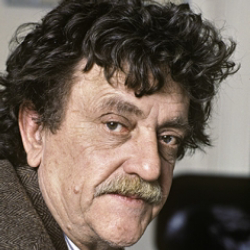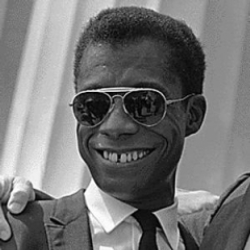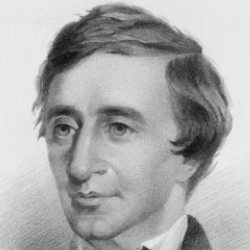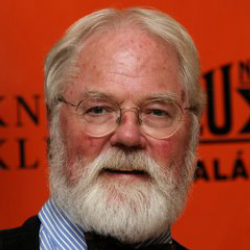Susan Vreeland Quotations
Susan Vreeland Quotes about:
-
Art Quotes
Where there is no human connection, there is no compassion. Without compassion, then community, commitment, loving-kindness, human understanding, and peace all shrivel. Individuals become isolated, the isolated turn cruel, and the tragic hovers in the forms of domestic and civil violence. Art and literature are antidotes to that.
-
-
-
-
-
-
-
-
-
-
Emancipate Quotes
Susan B. Anthony said that the bicycle did more to emancipate women than any other single thing. The bicycle was linked in the psyches of women at that time as a symbol of practical emancipation. Women could go places, wear their skirts shorter to manage the bicycle, and be independent.
-
-
-
-
-
-
-
-
-
-
-
-
Blade Quotes
After one hundred days of confinement following a bone marrow transplant, I rejoiced in taking short walks to a nearby park as I was writing 'Girl in Hyacinth Blue.' The uncertainty of my survival made every blade of grass gorgeous in its green intensity, lifting itself up, doing its part to make the world beautiful.
-
-
-
-
Artistry Quotes
As New York careens toward the modernity of the twentieth century when Gibson girls were transforming themselves into working women, Clara Driscoll enters the male field of stained glass artistry and builds a lively, multi-national, multi-class women's department within Tiffany Studios.
-
-
-
-
-
-
-
Art Quotes
I pored over art books and absorbed the placidness of Monet's garden, the sparkling color of the Impressionists, the strength and solidity of Michelangelo's figures showing the titanic power of humans at one with God, Jan Vermeer's serene Dutch women bathed in gorgeous honey-colored light... My conviction grew that art was stronger than death.
-
-
-
-
-
-
-
-
-
Men Quotes
I remember being disappointed when Papa had shown me Caravaggio's Judith. She was completely passive while she was sawing through a man's neck. Caravaggio gave all the feeling to the man. Apparently, he couldn't imagine a woman to have a single thought. I wanted to paint her thoughts, if such a thing were possible -- determination and concentration and belief in the absolute necessity of the act. The fate of her people resting on her shoulders...
-
-
-
-
-
-
Heart Quotes
That a thing made by hand, the work and thought of a single craftsman, can endure much longer than its maker, through centuries in fact, can survive natural catastrophe, neglect, and even mistreatment, has always filled me with wonder. Sometimes in museums, looking at a humble piece of pottery from ancient Persia or Pompeii, or a finely wrought page from a medieval illuminated manuscript toiled over by a nameless monk, or a primitive tool with a carved handle, I am moved to tears. The unknown life of the maker is evanescent in its brevity, but the work of his or her hands and heart remains.
-
Kissing Quotes
It was strange: When you reduced even a fledgling love affair to its essentials--I loved her, she maybe loved me, I was foolish, I suffered--it became vacuous and trite, meaningless to anyone else. In the end, it's only the moments that we have, the kiss on the palm, the joint wonder at the furrowed texture of a fir trunk or at the infinitude of grains of sand in a dune. Only the moments.
-






























